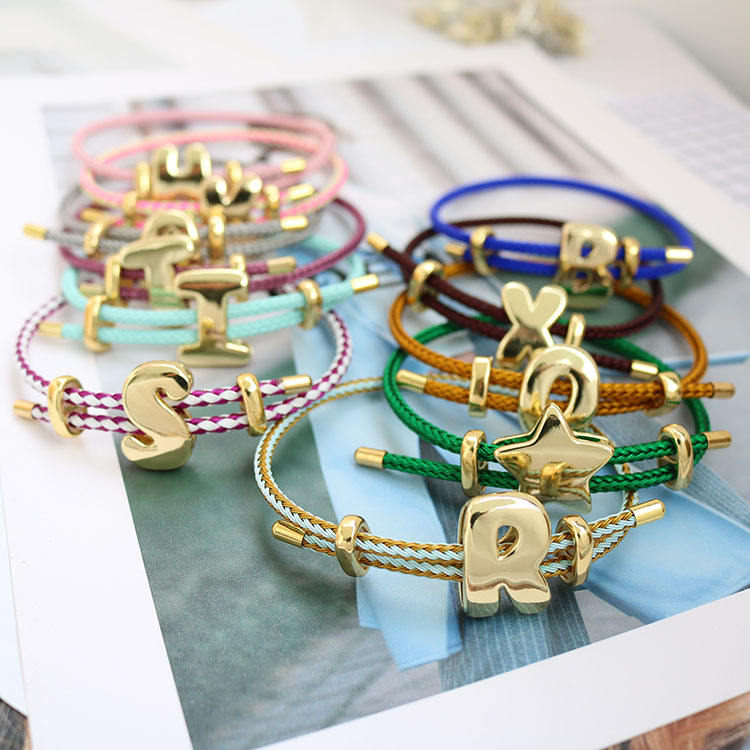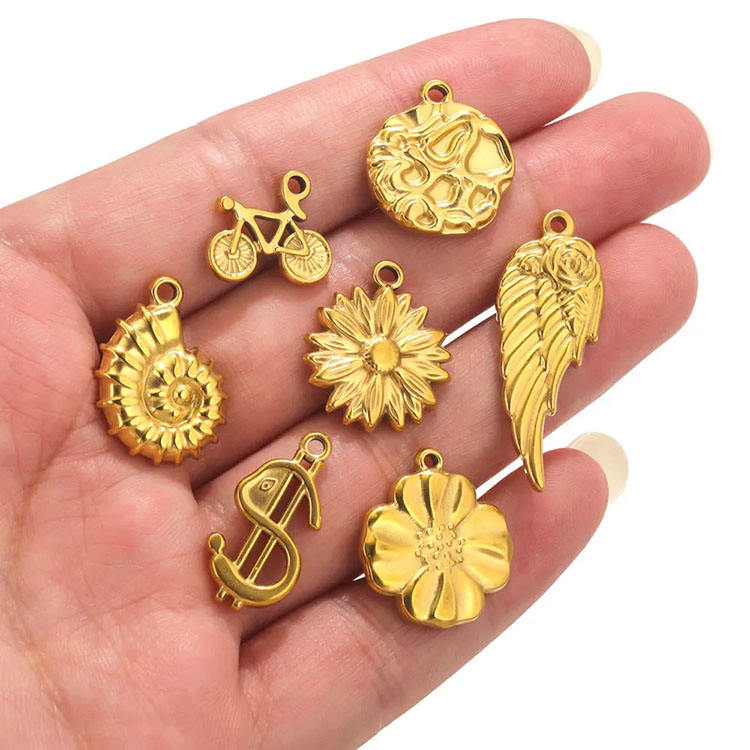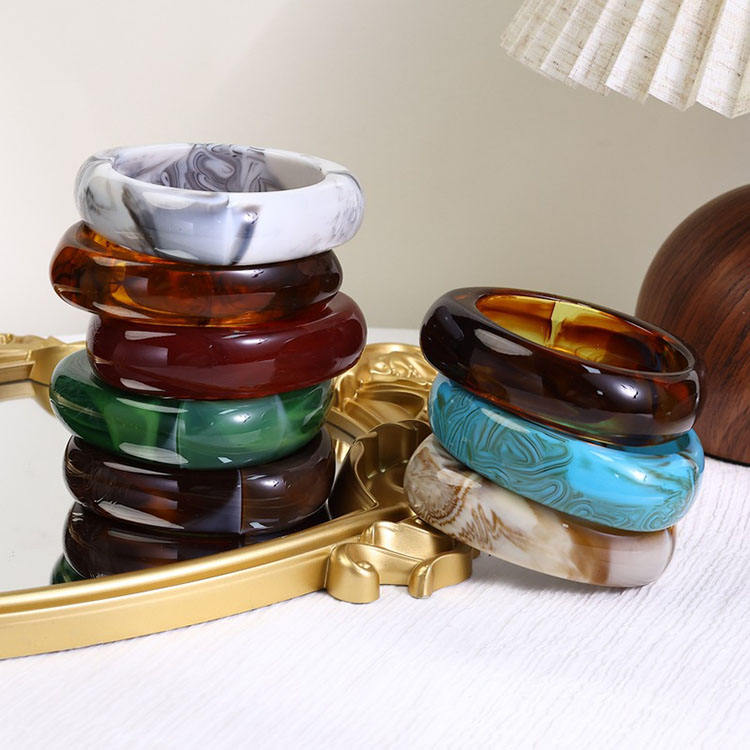In today’s evolving jewelry market, minimalist stainless steel designs are capturing attention for their modern aesthetic, durability, and accessible pricing. But what does this mean for the longstanding appeal of gold-plated jewelry? While both categories serve distinct consumer needs, the growing preference for stainless steel pieces is influencing buyer behavior and encouraging industry adaptation.
A shift toward simplicity, sustainability, and practicality is redefining jewelry preferences. Stainless steel—known for its hypoallergenic properties, resistance to tarnishing, and minimalist appeal—aligns with the values of younger, conscious consumers. Gold-plated jewelry, though visually luxurious, often requires careful maintenance and may not meet the same standards for daily wear, leading some buyers to explore alternatives.
Stainless steel jewelry typically comes at a lower price point, appealing to shoppers seeking quality without a high cost. Gold-plated items, while more affordable than solid gold, still carry a premium due to their finish and material composition. In uncertain economic climates, consumers may opt for versatile and budget-friendly stainless steel pieces, reserving gold-plated accessories for occasional use.
One standout feature of stainless steel is its toughness. It withstands daily exposure to moisture, sweat, and friction without losing its appearance. Gold-plated jewelry, though beautiful, is more prone to fading, scratching, and layer wear over time. This makes stainless steel a preferred choice for those with active lifestyles or who prioritize long-term usability.
Minimalist stainless steel designs offer understated elegance that pairs easily with various outfits and other jewelry. Gold-plated pieces traditionally cater to customers desiring a classic, refined, or glamorous look. While both styles coexist, current trends favoring subtle and stackable jewelry have heightened the attractiveness of stainless steel.
Rather than replacing gold-plated jewelry, stainless steel’s rise is broadening the market. Each category serves different purposes and audiences: stainless steel appeals to minimalists, practical buyers, and sustainability advocates; gold-plated jewelry continues to attract those who love its traditional glamour and symbolic value. This trend is also motivating gold-plated manufacturers to enhance product durability, plating techniques, and design innovation to maintain relevance.
The increasing popularity of minimalist stainless steel jewelry is reshaping consumer expectations and buying habits, but it doesn’t spell the end for gold-plated jewelry. Instead, it highlights the importance of variety, quality, and adaptability in the jewelry industry. Brands that recognize and respond to these nuanced preferences will be best positioned to thrive in a diverse and changing marketplace.









